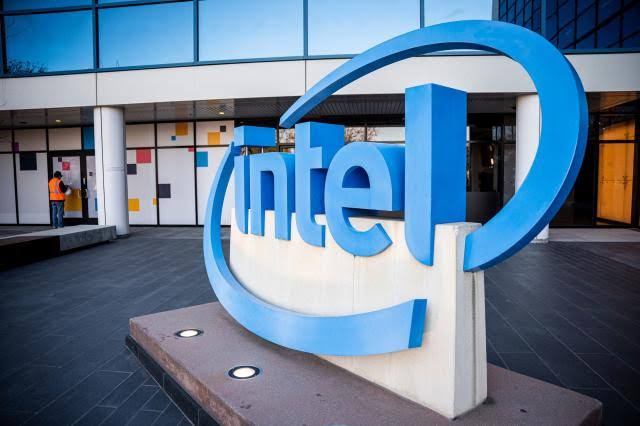Policymakers Weigh Additional Aid for Intel Amid Financial Uncertainty
Policymakers in Washington are increasingly worried about Intel’s financial health as the company faces mounting challenges. Although Intel is slated to receive significant funding through the CHIPS Act to bolster U.S. semiconductor production, there are discussions about whether the current support will be enough to stabilize the tech giant. Recent credit rating downgrades and rising borrowing costs have spurred officials and lawmakers to consider contingency plans, given Intel’s pivotal role as America’s largest chip manufacturer.
The Role of the CHIPS Act
Intel is set to be one of the main beneficiaries of the CHIPS Act, with expectations of receiving around $8.5 billion in grants and $11 billion in low-interest loans. However, key officials within the Commerce Department, which manages the CHIPS Act, and members of Congress, including Senator Mark Warner, are questioning whether this assistance will suffice. Concerns have heightened due to Intel’s decision to suspend dividends and lay off approximately 16,500 employees, alongside a staggering $16.6 billion net loss related to restructuring efforts.
Merging for Survival?
Amid these concerns, some policymakers have suggested a merger between Intel’s design operations and those of rival firms like AMD or Qualcomm. This idea has sparked skepticism, particularly among industry veterans. Former Intel CEO Craig Barrett cautioned against such moves, referencing AMD’s earlier decision to split its manufacturing into GlobalFoundries, which ultimately struggled due to inadequate research funding. Barrett’s warning underscores fears that a similar fate could befall Intel if it were to pursue a merger that could hinder its innovation capabilities.
Despite the pressure, Intel’s leadership is resistant to the idea, viewing it as a threat to their research and development potential. Lawmakers are keen to avoid a repeat of past taxpayer-funded bailouts and prefer Intel to navigate its recovery independently, although they have not dismissed the possibility of further government support entirely.
The 18A Chip: A Ray of Hope
Despite facing significant obstacles, Intel remains focused on its technological advancements. CEO Pat Gelsinger has announced plans to launch the 18A chip, a key development that aims to close the gap with industry leader TSMC. This chip is critical not only for Intel’s recovery but also for the company’s position in the competitive landscape of semiconductor manufacturing.
Intel’s commitment to producing chips domestically contrasts with competitors like Nvidia and Qualcomm, which rely on overseas manufacturing. Given the geopolitical tensions surrounding Taiwan, where many chips are produced, Intel’s U.S.-based manufacturing facilities have become increasingly vital to national security interests.
Positive Developments on the Horizon
Adding to Intel’s cautious optimism, Amazon has pledged a substantial investment in custom AI chips that will utilize the upcoming 18A process. This significant commitment, along with agreements from other tech firms to adopt Intel’s new chip platform, indicates a renewed confidence in the company’s future.
A spokesperson from the Commerce Department affirmed ongoing support for Intel, stating that they are working closely with the company to finalize its funding and will provide updates as they develop.
The Road Ahead
While Intel is expected to be the leading recipient of CHIPS Act funding, delays in disbursing these funds have raised concerns. Sources indicate that Intel’s reluctance to disclose certain strategic information requested by U.S. officials has contributed to this holdup. Such details are crucial for evaluating the company’s turnaround plan and overall viability.
Intel’s recent challenges stem from earlier strategic missteps, which have allowed competitors like TSMC to outpace it technologically. However, if the 18A chip succeeds, it could signify a turning point, providing Intel with an opportunity to reclaim its market position.


Comments are closed.